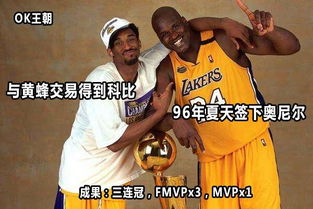Understanding Time: A Comprehensive Guide
Time is an abstract concept that governs our daily lives, yet it remains one of the most fascinating and complex subjects. Whether you’re trying to manage your schedule, synchronize devices, or simply understand the passage of time, it’s crucial to have a solid grasp of the various aspects of time. In this article, we’ll delve into the different dimensions of time, from the basics of timekeeping to the intricacies of time synchronization and real-time clocks.
Timekeeping: The Art of Measuring Time

Timekeeping has been a fundamental human activity since ancient times. Initially, people relied on natural phenomena like the sun, moon, and stars to keep track of time. Over time, more sophisticated methods were developed, including sundials, water clocks, and hourglasses. Today, we have highly accurate timekeeping devices like atomic clocks, which use the vibrations of atoms to measure time with incredible precision.
One of the most common ways to measure time is by using the International System of Units (SI), which defines the second as the duration of 9,192,631,770 periods of the radiation corresponding to the transition between the two hyperfine levels of the ground state of the cesium-133 atom. This definition ensures that time is measured consistently across the globe.
Time Synchronization: Keeping Time in Sync

Time synchronization is essential for various applications, from coordinating global financial transactions to ensuring accurate data collection in scientific experiments. There are several methods for achieving time synchronization, including:
| Method | Description |
|---|---|
| Network Time Protocol (NTP) | NTP is a protocol used to synchronize the clocks of computers over a network. It works by comparing the time on the client’s clock with the time on a server with a highly accurate time source, such as an atomic clock. |
| Global Positioning System (GPS) | GPS satellites transmit signals that contain precise time information. Receivers on the ground can use these signals to calculate their exact location and synchronize their clocks accordingly. |
| Radio Time Signals | Radio stations broadcast time signals that can be received by devices equipped with a radio receiver. These signals are typically generated by atomic clocks and are used to synchronize the clocks of devices in remote locations. |
These methods ensure that time is kept in sync across different devices and systems, allowing for accurate data collection and coordination.
Real-Time Clocks: Keeping Time on the Go

A real-time clock (RTC) is a hardware device that keeps track of time even when the device is powered off. RTCs are commonly found in computers, smartphones, and other electronic devices. They use a battery or other power source to maintain the time when the device is not connected to the main power supply.
One of the most common RTCs is the 32.768 kHz crystal oscillator, which provides a stable and accurate time reference. This oscillator is used in many RTCs because it can be easily divided by a counter to produce a 1 Hz frequency, which is ideal for measuring time in seconds.
RTCs are crucial for applications that require accurate timekeeping, such as:
- Calendar and clock applications
- Backup and restore operations
- Security systems
- Network time synchronization
RTCs ensure that devices can maintain accurate time information, even when they are not connected to the main power supply.
Time Zones: The World in Different Times
Time zones are regions that observe the same standard time. The world is divided into 24 time zones, each covering approximately 15 degrees of longitude. Time zones are used to simplify the coordination of time across different regions and to ensure that events can be scheduled at a convenient time for everyone involved.
Time zones are determined by the Earth’s rotation and the need to align local time with the sun’s position. For example, the time zone in New York City is Eastern Standard Time (EST), which is 5 hours behind Coordinated Universal Time (UTC). This means that when it’s 12:00 PM in New York, it’s 5:00 AM in London.
Time in the Digital Age: The Role of Time in Computing
In the digital age,








